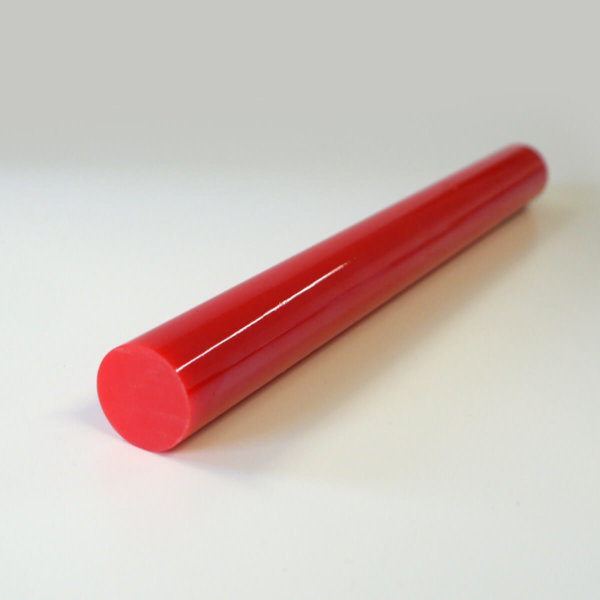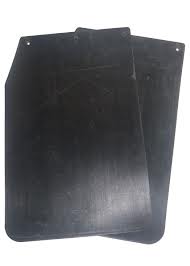Furniture manufacturers are increasingly using polyurethane to manage costs and support strong customer satisfaction. Why is this? We look at the many uses of polyurethane in furniture, and their advantages.
If you had to pick the main benefit of polyurethane as a manufacturing material, it’s likely to be its incredible versatility. However, the words ‘cost-effective’ and ‘hard-wearing’ also spring immediately to mind.
These are just some of the reasons that leading furniture manufacturers are constantly exploring new ways to incorporate custom moulded polyurethane into their existing and new product lines.
From the lightest of foams to the hardest of supports and buffers, polyurethane has applications to satisfy even the most demanding of R&D teams.
Though it offers simple solutions, it is also a complex material.
Wealth of possibilities, from one material
Polyurethane can be created with an infinite number of variations. These alter its density, firmness (surface and below the surface) and tactile effect. Skilled polyurethane moulders can also change the handling strength, level of support and height retention properties of this multitalented material.
That’s on top of the ability to specify polyurethane is any form, dimension and colour!
It basically comes down to being the solution to many furniture structural specifications.
A good illustration is polyurethane wheels and casters for office chairs or any furniture that needs to be effortlessly moved. When created from PU, they have incredible load-bearing capabilities. They are also highly resistant to abrasion and tearing. Yet wheels and swivel casters made of polyurethane have all the durability of metal and the ‘quiet’ efficiency of rubber.
Furniture components crafted from PU are also impact-resistant, making them ideal for items likely to suffer from substantial, heavy use. This includes stops, rollers, liners and bushings for furniture that is collapsible, such as fold-out beds and sofa beds. Or, buffers for metal on metal mechanisms within draw systems.
Related article: Unusual Polyurethane Products
When weight and durability matter
Contemporary furniture – particularly for offices – relies on being aesthetically appealing but also easy to adapt and move around, requiring a combination of lightness and robustness.
This makes polyurethane the ideal material to construct modular furniture systems.
Moulded polyurethane can support other materials brilliantly, with incredible strength even when it is extruded into smaller and thinner furniture components.
However, it really comes into its own for both rigid and soft foams, for a multitude of purposes.
Related article: Quality polyurethane sheet – A complete buyer’s guide
Supplies of flexible polyurethane foam
Most use of polyurethane in furniture comes in the form of FPF. This is regularly incorporated into beds, seating and carpet underlay for example.
It is an exemplar material to formulate when cushioning is required – supporting the contours of the human form brilliantly. Yet FPF is also highly durable and can return to and hold its supportive shape for many years, even with extensive use. Hence the invention and widespread adaptable of ‘memory foam’ PU in furniture.
This is due to the way quality polyurethane is mixed, to an infinite range of values. Within foam versions, polyurethane’s chemical structure becomes elasticised, springing back into shape and becoming reassuringly firm, even after being compressed by considerable weight.
FPF from reliable and conscientious suppliers also complies with Health & Safety standards. No small consideration thanks to the heightened awareness of fire and toxic chemical risks in furniture and furnishings.
Related article: Polyurethane Rollers vs Plastic or Rubber Rollers
Durable and predictable
Commissioning custom polyurethane for furniture manufacturing offers companies another important commercial advantage – predictability.
Advanced systems to mould polyurethane can produce a wholly reliable material with no variants. The end result will always match exact specifications, with flawless uniformity.
When you are slotting together furniture on a fast-moving production line, this reliability and consistency can be the key to lean manufacturing.
Sustainability in furniture production
How can specify polyurethane components for furniture construction while supporting an environmental policy?
One of PU’s most significant contributions to sustainability in industry is that at the end of life it can be turned into a viable source of energy. Recovery schemes are being fully explored and extended.
Yes, oil used in polyurethane production is finite. However, the durability of this material means it is less likely that items will need to be replaced regularly, compared to alternative materials.
Added to that, polyurethane is an effective insulator – making it energy efficient for use in fridges, building construction and vehicles for example.
Upholstery PU and other applications
As polyurethane is so incredibly versatile, the list of ways it can be used in furniture production is growing all the time. Including mouldings, rosettes and frames, or diverse specifications of foam. Its pliability makes it superb for straps and bands, yet its hardness creates strong wheels and rollers.
The question to furniture R&D teams is – what is it you need, so a PU prototype can be developed?
Want to find out how much it will cost to make your products?




